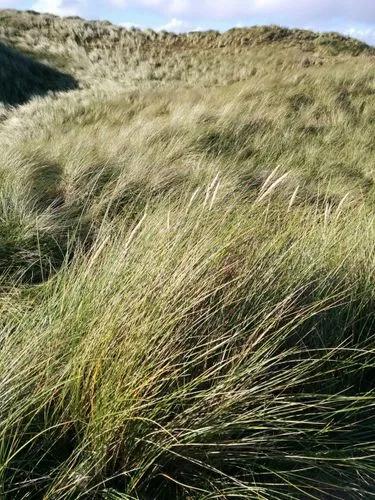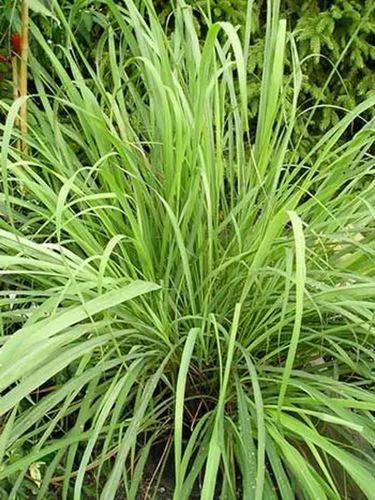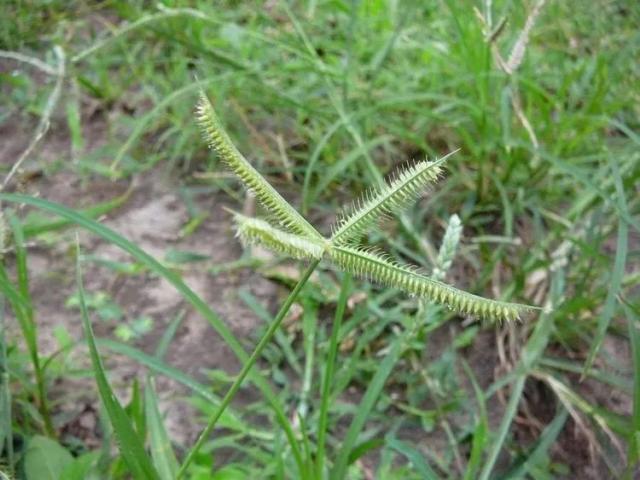Life form: Therophyte, annual Stems: Culms up to 60 cm high, tufted or solitary, erect or geniculately ascending Leaves: Alternate, entire Inflorescence:2-5 cm long, 0.6-2 cm broad Flowers: Inflorescence: 1.5–7 cm, 5–20 mm wide, green to purple Fruits / pods: Caryopsis, grain Flowering Period: March, April, May Habitat: Salty habitats Distribution: Mediterranean Woodlands and Shrublands, Shrub-steppes, Montane vegetation of Mt. Hermon Chorotype: Med - Irano-Turanian Summer shedding: Ephemeral
Mediterranean Barley Care
Hordeum geniculatum



Annual. Stems few bunched, often bent at nodes on dried specimens, 10–40 cm. Leaves: lower blades and sheaths usually hairy, blades flat, 2–4 mm wide. Inflorescence erect, 1–3 cm long; rachis disarticulating. Spikelets: the 2 laterals sterile, the pedicel 0.5–1 mm long; glumes awn-like, 8–15 mm long. Lemmas: fertile lemma 5–6.5 mm long.Hemicryptophyte. Perennial herb . Stem 15-100 cm high, erect or geniculate . Leaves are linear or lanceolate , glabrous . The inflorescence is racemose, consisting of one-flowered lanceolate spikelets. The fruit is a yellow caryopsis , pubescent in the upper part. Blooms in June and July .
This plant is useful.
How to get rid of: Pull the weeds out with your hands, not chop them down with the hoe. Many harmful herbs, for example, shytiry, are able to grow from the top of the root - they have dormant buds there.
Discover more plants with the list below
Popular articles






